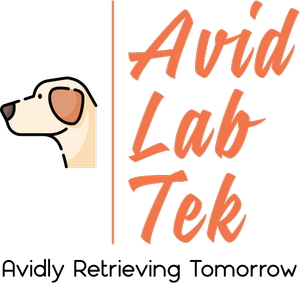
Blog Layout
Unleashing the Magic of SQL and Elasticsearch Together
sites • Mar 12, 2019
Unlocking the Full Potential of Structured and Unstructured Data with SQL and Elasticsearch.

Are you tired of having to choose between the structured data processing power of SQL and the flexible, unstructured data storage capabilities of Elasticsearch? What if we told you that you don't have to choose anymore? By combining these two powerful technologies, you can unlock a whole new level of data processing and analysis possibilities.
SQL is a powerful language for querying structured data, and Elasticsearch is a NoSQL database that specializes in storing and searching unstructured data. Both have their own strengths and weaknesses, but when used together, they can complement each other and fill in each other's gaps. Here are some of the ways you can leverage the power of SQL and Elasticsearch together:
Unified Data Retrieval: Elasticsearch can store both structured and unstructured data, making it an excellent choice for a search engine or a data lake. However, Elasticsearch's querying capabilities are not as powerful as SQL's. By using SQL to query Elasticsearch, you can perform complex queries that span multiple indices or document types.
Complex Aggregations: Elasticsearch is great at aggregating and summarizing data, but sometimes you need to perform more complex aggregations that require grouping and filtering. SQL is excellent at these types of queries, and you can use it to perform advanced aggregations on Elasticsearch data.
Schema Enforcement: Elasticsearch is schemaless, which means you can store any type of data in it without having to define a schema beforehand. However, this also means that you can end up with inconsistent data or data that doesn't conform to your business rules. By using SQL to enforce a schema on top of Elasticsearch, you can ensure that your data is consistent and accurate.
Data Enrichment: Elasticsearch is great at indexing and searching data, but it's not as good at joining data from multiple sources. SQL, on the other hand, is excellent at joining data from multiple tables or databases. By using SQL to join data from multiple sources and then indexing it in Elasticsearch, you can create a powerful search engine that can retrieve data from disparate sources.
Real-time Analytics: Elasticsearch is optimized for real-time data processing, but it's not as good at performing complex analytics on historical data. SQL, on the other hand, is excellent at historical data analysis. By using SQL to query historical data and then indexing the results in Elasticsearch, you can create a real-time analytics platform that can provide insights into both historical and real-time data.
In conclusion, combining SQL and Elasticsearch is a powerful way to leverage the strengths of both technologies and create a data processing and analysis platform that can handle both structured and unstructured data. By using SQL to query Elasticsearch and enforce a schema, perform complex aggregations, and join data from multiple sources, you can unlock a whole new level of data processing capabilities. If you're interested in learning more about how SQL and Elasticsearch can work together, contact us at AVID LAB TEK. We offer consulting and training services in both SQL and Elasticsearch and can help you build the data platform of your dreams.
Share
Tweet
Share
Mail

